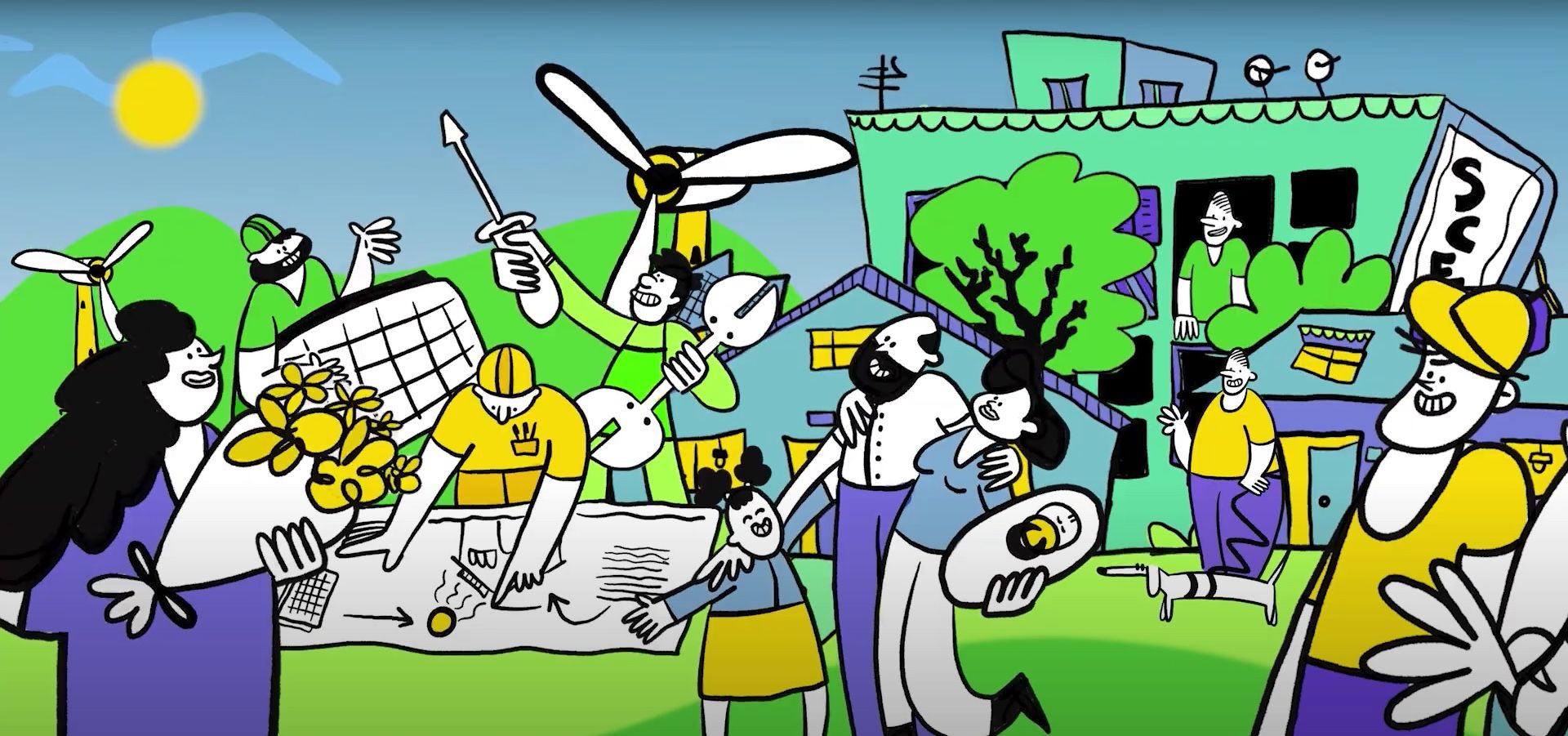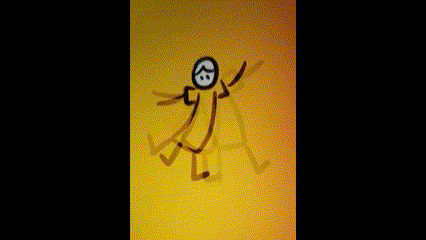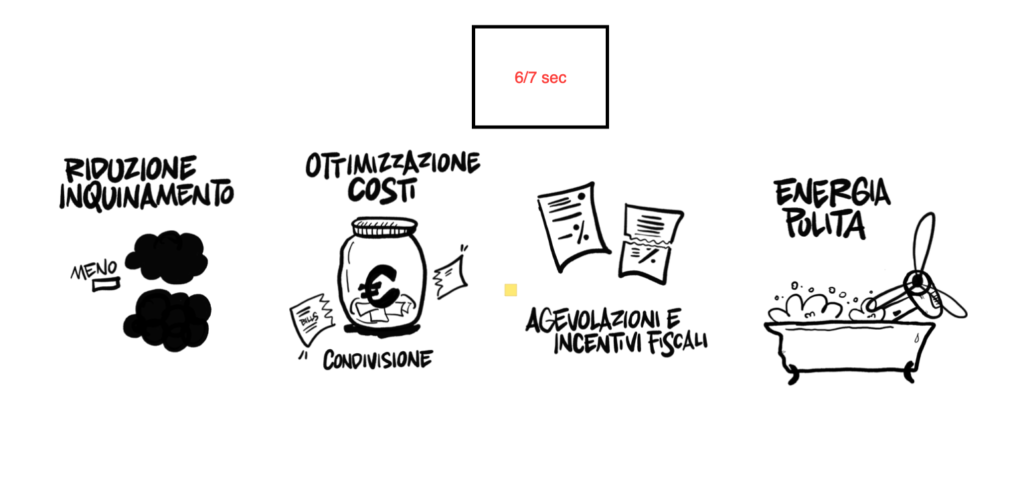Traditional Animation: fiction and function in communicating through images

With the current animation‘s techniques, there are no limits to what we can realize. Thanks to digital, we can say that we have more or less full control over what happens on the screen.
When the possibility of delivering a message through animation arises, in our work as communicators, two identities collide: that of experimenters and that of guardians of the “handmade”.
But what are we talking about? What is traditional animation?
Animation is a beautiful fiction, created to give movement to static images: animation does not exist!
Every single part of the movement of drawn characters and scenery is captured and animated individually. This was a long and laborious process, shortened, later, by the introduction of the rotoscope, a glass instrument that allowed the background to remain the same and move horizontally across the scene (making only character animation necessary). This technique is the same one used for the “puppet” animations in Nightmare Before Christmas and Wallace & Gromit.
It is a work of patience and craftsmanship, where individual storyboard’s (pre-production) drawings are carefully assembled, making the dedication visible in each frame.
Digital, with its precision and speed, offers more control, accuracy, and more efficient results.
Yet no one watching Snow White ever dreamed of saying, “ah, if they had animated it in CGI!”.
The magic of traditional animation lies in its process, in the human touch that brings each scene to life.
But how did we come to master this technique?

It all started from a simple GIF! First by giving motion to a small drawing, then by putting paintings (by Monica) in movement, and finally we started stitching more and more complex stories.
While frame-by-frame remains in two dimensions, to bring more complex sequences to life, we also introduced parallax animation (invented, of course, by Disney, specifically for the Bambi film), an optical effect that uses the layering of elements to give depth. It is a sophisticated technique that, in fact, was much more successful in the world of video games (Super Mario, Blade warrior, Rayman Legend, etc.) … nostalgic stuff, but it is exactly the flow that fits our narratives!

Parallax adds extra room to maneuver in drawing: it uses simplicity to give depth. The feel of those early animations inspires and motivates us. After all, we want to do what Disney and video games have always done: shape fantastic adventures and share them!
Movement gives us a lot of information about an object, but there is something more: the illusion of magic. Anyone can understand it and be fascinated by it, adult or child.
Not coincidentally, it was Walt Disney who began the Age of Animation, conventionally on November 18, 1928, the day of the public screening of the first talking movie, Steamboat Willie, starring Mickey Mouse. The Valley of Innovation, in the early stages of experimentation, was America: the link between comics and animated drawings was undeniable, and, often, the role of cartoonist was interchangeable with that of animator.
Just as the early pioneers of animation were somewhere between a cartoonist/illustrator and an actual animator, we too relate to this description and, likewise, adopt traditional methods.


The value of these techniques is evident: frame-by-frame, each part is deconstructed and reassembled with the greatest care. What is valuable is not the individual work, but the coordination and coherence between its parts.
There is more work, but there is also more feeling, a magical, yet concrete effect is achieved: the product takes on quality not only in the result, but in its very making.
Our heart beats for the process. Traditional animation is able to synthesize complex concepts simply and clearly and lends itself entirely to communicating ideas and stories: it cages concepts and effectively transforms them into dynamic sequence of images. Sound effects complete the expressive process and harmonize the final product. They are very important in creating the enchantment as a whole. Immersion would not be possible otherwise.
Simple and magical at the same time!
If you want to know more:
Bendazzi G., Animazione: una storia globale, Torino, UTET 2017.
Perrotto V. “Animazione tradizionale e animazione digitale”.SaGrafica.it,12 Dicembre 2023: https://www.sagrafica.it/animazione-tradizionale-e-animazione-digitale/
151eg. “ELENCO DI TUTTE LE TECNICHE DI ANIMAZIONE”. YouTube, 17 dicembre 2020, Video, 12:04.
151eg. “IN BREVE Storia della Disney”. YouTube, 9 dicembre 2023, Video, 11:00.
UnioncamereER. “TRANSIZIONE ENERGETICA in Emilia-Romagna”, YouTube, 27 maggio 2024, Video, 2:23.
Yobi Scribes. “S-CER Animation”. YouTube, 5 dicembre 2023, Video, 1:48.